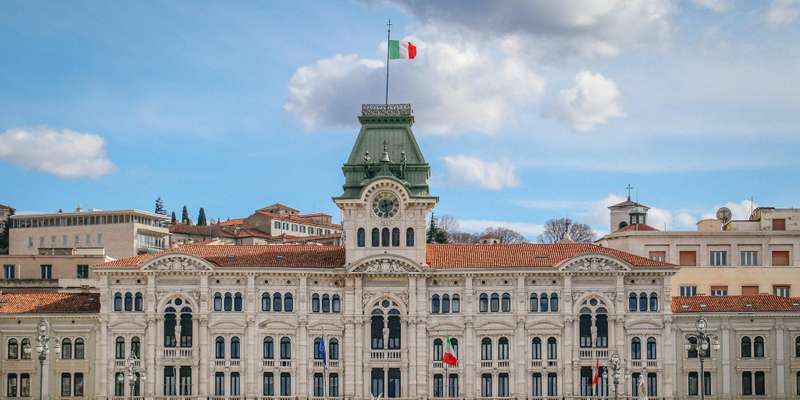- Home
- Useful Tips
- Best areas to stay in Trieste...
Trieste's Austro-Hungarian legacy presents a dilemma for travelers – how to immerse yourself in the city's golden era without wasting hours circling for authentic districts. Over 68% of cultural visitors miss key architectural treasures by staying in modern tourist zones, leaving them with generic snapshots instead of Vienna-by-the-sea grandeur. The frustration mounts when you realize those pastel-colored palaces and coffee houses hide in plain sight, requiring local knowledge to pinpoint neighborhoods where every street whispers Habsburg history. This isn't just about finding a bed for the night; it's about waking up surrounded by the same neoclassical facades that inspired James Joyce and Italo Svevo.


Why the Old City beats generic centro storico hotels
The maze-like Città Vecchia holds Trieste's best-preserved 18th-century buildings, where Austrian bureaucrats once walked beneath barrel-vaulted porticos. Unlike the crowded piazzas near Piazza Unità, here you'll find residential palazzi with original stucco work and hidden courtyards – the kind of details that make your morning espresso feel like time travel. Local homeowners still polish brass door handles installed during Maria Theresa's reign, while boutique hotels occupy former merchant houses with creaking wooden staircases. Stay near Via del Teatro Romano to witness sunrise over terracotta rooftops, your window framing the exact view 19th-century harbor masters enjoyed. For authenticity seekers, this quarter offers more character per square meter than any sanitized 'historic' hotel district.
The Canal Grande secret: Waterfront elegance without Venice prices
Napoleon's engineers left Trieste with its own miniature Grand Canal, flanked by peach-colored Austro-Hungarian palaces that now house surprisingly affordable guestrooms. While tourists cluster at canal-end cafes, savvy travelers book upper-floor rooms in palazzi like the 1850s Tergesteo building, where arched windows frame operatic views of sailing boats bobbing between neoclassical facades. Morning light reveals intricate lion-head reliefs on neighboring buildings, details missed by day-trippers. Several family-run B&Bs here offer Habsburg-era furnishings at half the cost of branded hotels, with the added bonus of hearing lapping water from your bedroom – a sensory detail straight from the empire's trading heyday.
Viale XX Settembre: Boulevard living like a 19th-century merchant
Trieste's answer to Vienna's Ringstrasse, this tree-lined boulevard showcases imperial urban planning at its most grandiose. Staying here means waking to the sight of sunlight piercing through stained glass in apartment buildings designed for wealthy coffee traders. The quarter's hidden advantage? Many original 1860s residences now operate as aparthotels, letting you inhabit spaces with parquet floors and ceiling frescoes that hotels often modernize away. For architecture purists, buildings like Palazzo Scaramangà offer the rare chance to sleep beneath intact Biedermeier chandeliers. Position yourself between Via Torino and Via Diaz to access both monumental buildings and local pastry shops unchanged since Sissi's reign.
Beyond the obvious: San Giacomo's overlooked townhouses
Most guidebooks overlook this quiet hilltop neighborhood, where Austrian naval officers once rented apartments in pastel townhouses with sea-view loggias. Today, San Giacomo offers the city's most atmospheric budget stays – think converted attic spaces with original wooden beams and Juliet balconies overlooking terracotta roofs. The magic happens at dusk, when golden light washes over the quarter's eclectic mix of Baroque and neo-Gothic facades. For DIY explorers, this area provides easy walking access to lesser-known gems like the 1780s Chiesa di Sant'Antonio Nuovo, its yellow facade glowing against Adriatic skies. Several local families rent rooms through heritage programs, offering stays that include access to private courtyards with century-old wisteria vines.



